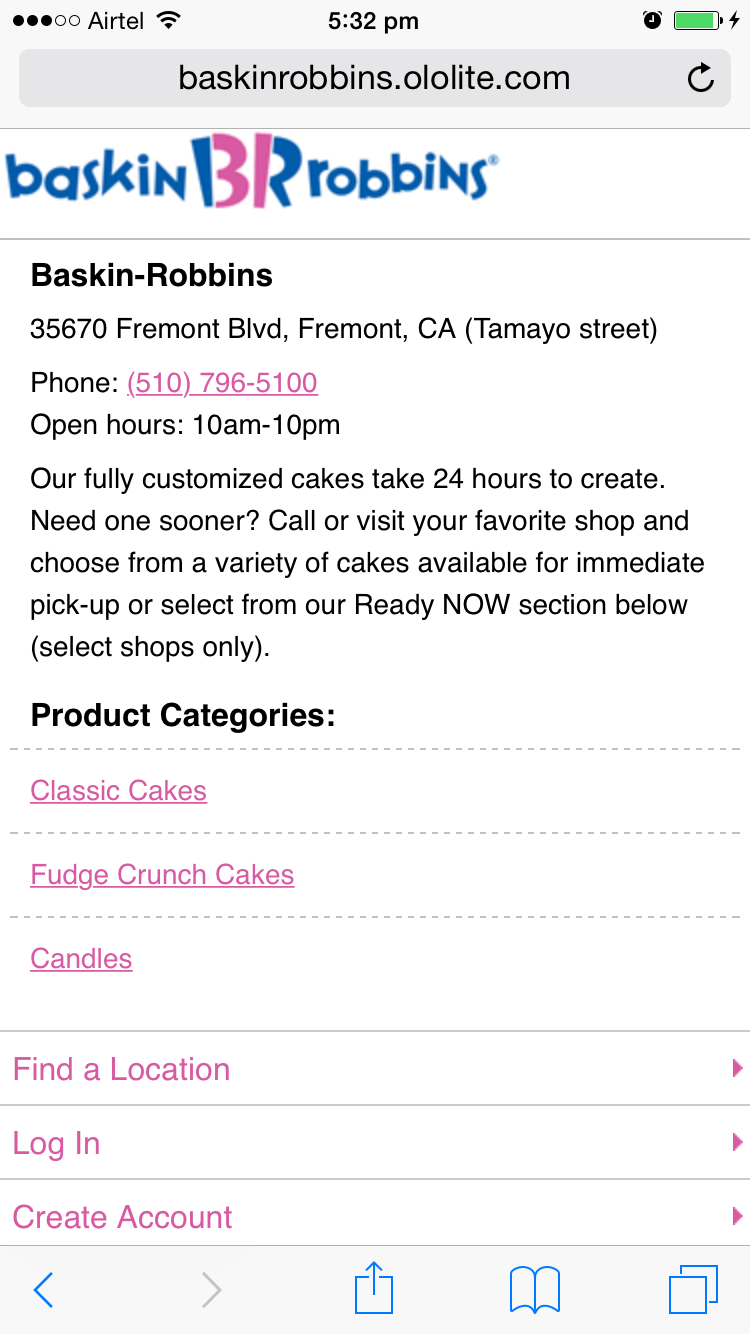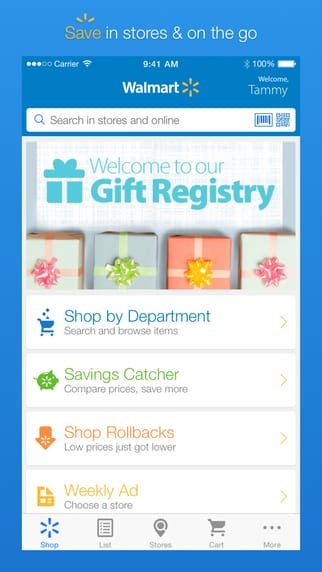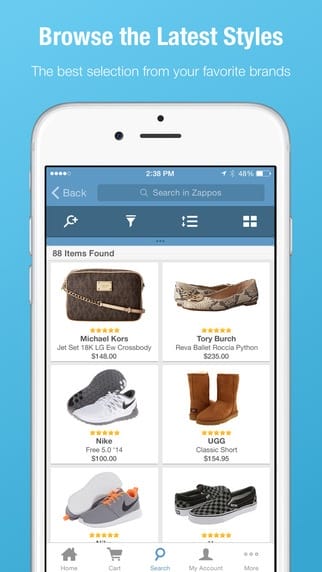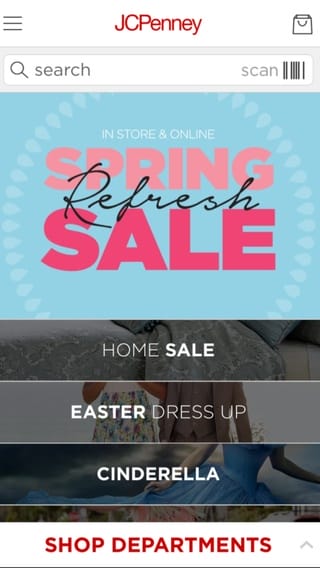Mobile is increasingly taking over every aspect of the retail world by opening up a myriad of appealing possibilities that have the ability to solve problems, simplify processes and engage customers.
According to Juniper Research, mobile retail purchases are going to exceed $700 Billion annually by 2018 and mobile devices will account for 30 percent of global retail e-commerce spending, up from 15 percent in 2013.
By becoming synonymous with creating highly personalized experiences, it has upped the ante by converting customers into not just repeat customers, but also brand ambassadors. And now, the expectations of the mobile retail experience have become more demanding than ever in terms of personalization, engagement, brand building, amplifying the in-store experience and most importantly, convenience. The challenge for retailers is no longer getting on mobile. Now retailers are challenged with:
- Driving customers and prospective buyers to engage with their app over all the others available in the marketplace
- Responding immediately to customer needs through the app
- Simplifying the shopping experience as much as possible, while still offering the buyer as much autonomy and choices as possible
- Keeping them engaged, entertained, updated and coming back
Looking for inspiration for mobilizing your own retail brand? Check out how the following five major retail brands have tapped their mobile strategy not just for revenue, but also to increase in-store visits, create a simplified shopping experience and more importantly, to keep their audience highly engaged.
1.) Mobile-optimized ordering site:

Baskin Robbins successfully spiked its Father’s Day Sales with a mobile-optimized ordering site. In order to amplify the reach from its existing mobile strategy, Baskin Robbins’ created the convenience of placing orders for customized cakes and treats on its mobile ordering website. Customers can easily access Baskin Robbin’s menu on their mobile devices. They can save an immense amount of time, by getting the chance to personalize their cakes via their mobile devices. This mobile app is especially useful for time-strapped customers that wait till the last minute to make a treat purchase for important occasions.
2.) Location-based targeting:

According to latest data from the Mobile Marketing Association, Walmart saw a healthy spike in its store visits with the proximity and audience targeting feature on their Savings Catcher mobile application. Leveraging audience targeting is not a new phenomena, however, it is catching up like never before, because of its ability to yield major increases in store visitations especially when combined with proximity targeting tactics. The data harnessed from location based targeting directly allows marketers to deliver a more customized retail experience to the customer.
3.) Curated Content:

Leading multichannel retailer Lands’ End has figured out the most strategic way to harness the power of curated content in mobile shopping. By teaming up with social media influencers and engaging popular faces in the industry as guest editors, they have curated exclusive looks for their stylish customers. How did they do this? Lands’ End is now offering visitors a mobile-optimized microsite that lets their customers have access to an on-the-go shopping experience. They have successfully boosted their shopping frequency by adding amazing value to their fashion savvy customers’ retail experience.
4.) Mobile Shopping:

In a significant move to further improves its mobile shopping experience, Amazon’s online shoe retailer, Zappos, recently integrated Touch ID in its iPhone and iPad apps. Zappos was already a leader in providing highly optimized mobile shopping experience, and with this move, they have multiplied the convenience factor. Touch ID eradicates the hassle of remembering long and complicated passwords and instead allows you to key in and check out with a single touch.
5.) Visual search to simplify shopping research:
 While offering the customer plenty of options is a great way to keep them happy, it also means that the research stage can get a bit cumbersome as you wade through multiple pages and scroll down hundreds and hundreds of items. JCPenney now features native image recognition in an attempt to simplify and streamline the initial research stage of the shopping process. Visual search is a highly attractive feature to include in apps for major retailers because of the size of their inventories. When customers have the ability to use their smartphones to take pictures of a product that they want and then receive the same or similar items within the app for immediate purchase, it greatly reduces the ordeal of flipping through multiple pages on a mobile device or even a website. As the retail space gets more crowded than ever, boosting efforts to optimize their mobile commerce channel has become a strategic measure for JCPenney to stand out amongst competitors and provide real value add to their customer.
While offering the customer plenty of options is a great way to keep them happy, it also means that the research stage can get a bit cumbersome as you wade through multiple pages and scroll down hundreds and hundreds of items. JCPenney now features native image recognition in an attempt to simplify and streamline the initial research stage of the shopping process. Visual search is a highly attractive feature to include in apps for major retailers because of the size of their inventories. When customers have the ability to use their smartphones to take pictures of a product that they want and then receive the same or similar items within the app for immediate purchase, it greatly reduces the ordeal of flipping through multiple pages on a mobile device or even a website. As the retail space gets more crowded than ever, boosting efforts to optimize their mobile commerce channel has become a strategic measure for JCPenney to stand out amongst competitors and provide real value add to their customer.
Interested in getting started? Check out how.




